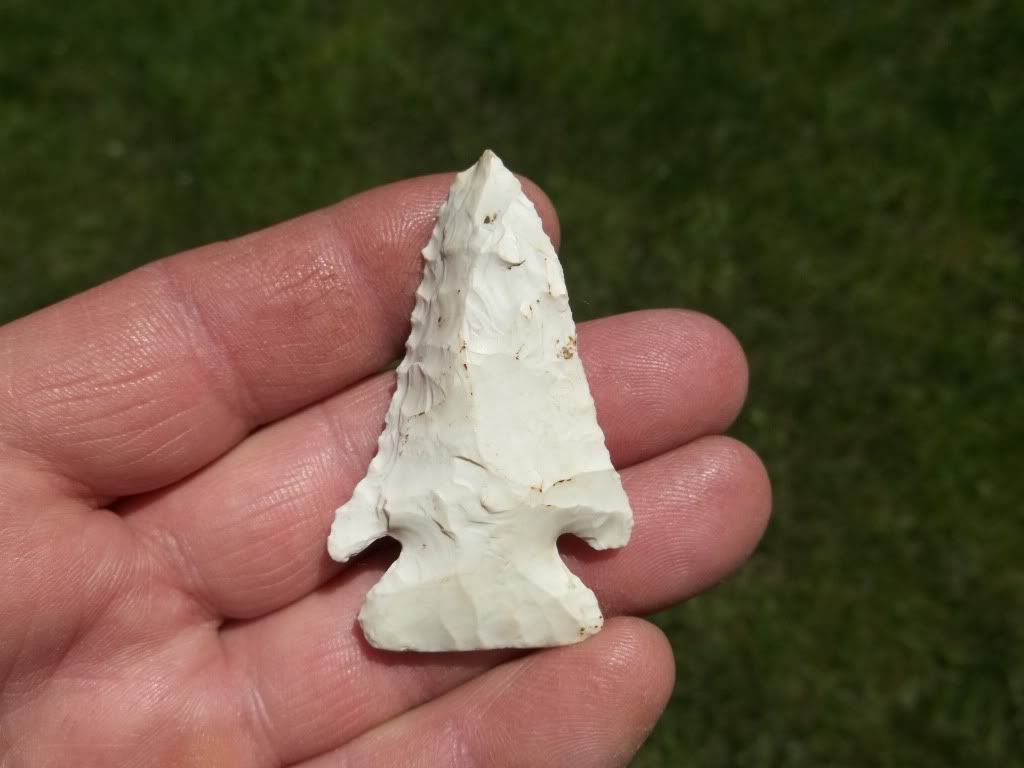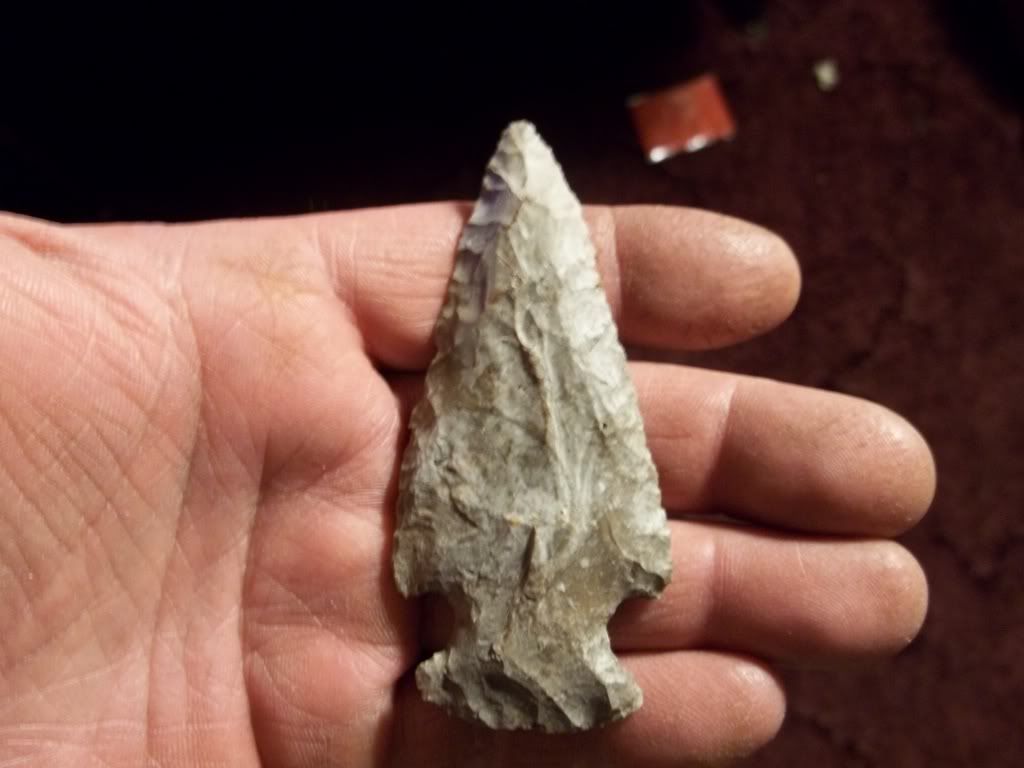Can I get some help in learning how to identify time periods of artifacts by the flaking style? Thanks in advance!
Announcement
Collapse
No announcement yet.
Identifying Time Periods by the Flaking
Collapse
X
-
That is the question of the week......flaking patterns and time periods associated are not a simple thing by any means.....I'm still trying to figure that one out. Paleo is a little more obvious(if your in tune with the finer aspects of flake removal) but looking at the bases is the way to go.
Southern Connecticut
Comment
-
I know that the base is the best way to ID points, but what I'm trying to educate myself on is the common flaking styles (or other attributes) of different cultures. For example, I've heard others make comments such as; This artifact has such and such flaking so its probably from this time period.
Comment
-
You can never tell the age of a piece 100% by the flaking, period. Although some techniques were practiced more by certain Indians, it doesn't mean they had a monopoly on it. You can't always tell it by the base either. There are many things to factor in for typology and it's not an exact science. There are usually many attributes that have to be taken into consideration when determining an age or type of a piece.
You will not be able to put a "name" on all of them either. I've studied typology / morphology at least as much as anyone else that I've ever met and can tell you for a fact that sometimes you just "don't know". Unfortunately, many people they have to have a name or niche to shove an artifact into before it has value to them. This is especially true for paleo...good lawd, everyone tries to shove everything in there. If it's ugly, uniface, ground, lanceolate, looks like a lifeboat, or has a few parallel flakes then it's paleo! Umm-hmm. 90% of the so-called "paleo" points online would be much more accurately placed into early Archaic. We can blame the market for most of that...
Comment
-
Neanderthal wrote:
Well said Matt, Sometimes you just have to say that is a "Untyped point!"You can never tell the age of a piece 100% by the flaking, period. Although some techniques were practiced more by certain Indians, it doesn't mean they had a monopoly on it. You can't always tell it by the base either. There are many things to factor in for typology and it's not an exact science. There are usually many attributes that have to be taken into consideration when determining an age or type of a piece.
You will not be able to put a "name" on all of them either. I've studied typology / morphology at least as much as anyone else that I've ever met and can tell you for a fact that sometimes you just "don't know". Unfortunately, many people they have to have a name or niche to shove an artifact into before it has value to them. This is especially true for paleo...good lawd, everyone tries to shove everything in there. If it's ugly, uniface, ground, lanceolate, looks like a lifeboat, or has a few parallel flakes then it's paleo! Umm-hmm. 90% of the so-called "paleo" points online would be much more accurately placed into early Archaic. We can blame the market for most of that...
TN formerly CT Visit our store http://stores.arrowheads.com/store.p...m-Trading-Post
Comment
-
I had to look at your profile to see where you are from. It's very possible (probable) that it is a Hi-Lo. There are three different configurations of the Hi-Lo and they lasted for a very long period of time. Even though Perino and some others puts a very early date on them, I don't think there are any concrete pre-10k dates. They are contemporaneous with Dalton and the different varieties kind of run the gambit (as with the southern Dalton variants).
Yours would be one of the earliest Hi-Lo forms, some considered them to be a morphing of the fluting tradition to the auriculates (Dalton).
Comment
 Early archaic
Early archaic paleo
paleo woodland
woodland
Comment